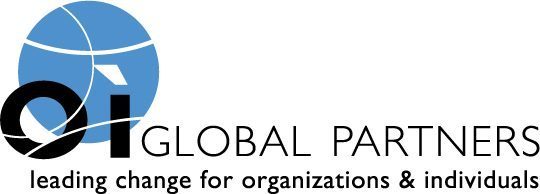As an executive coach, the number one issue that I am asked to address in working with clients is how to improve their communication.
However, rarely is that how the request is made (perhaps a problem with communicating?). I am often told that an executive is brilliant but can’t influence people to support his ideas, or she is an incredibly gifted strategic thinker but has high turnover on her staff. Teams are disconnected because they don’t support the same goals.
These scenarios, when dissected and reviewed, are often due to lack of clarity of communication.
Here are five ways to improve your communication:
- Set and discuss expectations – overwhelmingly, this is the number one failure in communication in many organizations. This is critical not just for managers, but also for any employees who are requesting information or work from peers. Expectations require dialog, examples should be given, deadlines set and an opportunity for the other person to ask questions and provide reasons why the expectations may not be achievable. Often, this will require a follow up meeting to ensure everyone is in agreement and understanding of what is expected. Investing the time in the beginning will save time in the long run.
- Listen and watch – many people do spend time gathering their thoughts and preparing notes before delivering key information. However, often they overlook the importance of how the information is received. Successful communication is a two-way street. It is critical that you ask for reactions, questions and then listen. Observe body language as well as tone of voice when someone asks a question. Are you observing discomfort, silence, anxiety, negativity? Take the time to delve into their concerns or misunderstandings.
- Use words for the audience – many people put effort into getting the facts right when sharing information but they don’t focus on the communication needs of the audience (either one person or a group). Are you using slang or technical terms that not everyone understands? Regardless of whom you are speaking to, clear communication requires that you speak in the active voice, use brief sentences, and most words should have with less than three syllables.
- Pick the right time – unless something is a crisis and requires immediate attention, be mindful of when you are communicating information. Are people dashing out to lunch or packing up at the end of the day? Are you tacking on “one more thing” at the end of a long meeting when people may have “listening burnout” and therefore not fully focused on your message? A major mistake people make is communication overload. If something is truly important, you need to move it to an earlier spot on a meeting agenda or admit to your audience that you realize you forgot something important to share. If possible, you should convene a separate meeting to just focus on that issue. Or ask everyone to stop, take a minute to refocus and then share that “one more thing.” You should also follow up either in person, by phone or via email a day to two later to verify that your message was understood.
- Be gracious – thank people for listening and engaging. People like to be appreciated!
Please share your insights and suggestions on how to improve communication. We’d love to hear!
Do you need help improving communication in your organization? Contact OI Global Partners. We can help.
Mary Ann Gontin is Managing Partner of OI Global Partners – Cunis & Gontin, Inc. in Connecticut. Her firm has been providing human resources consulting services since 1974. Mary Ann has become recognized by clients for her ability to identify organizational and individual performance issues and propose creative and practical solutions. She can be reached at mgontin@oiglobalpartners.com or 800-473-4507.
Share this post:

Comments are closed